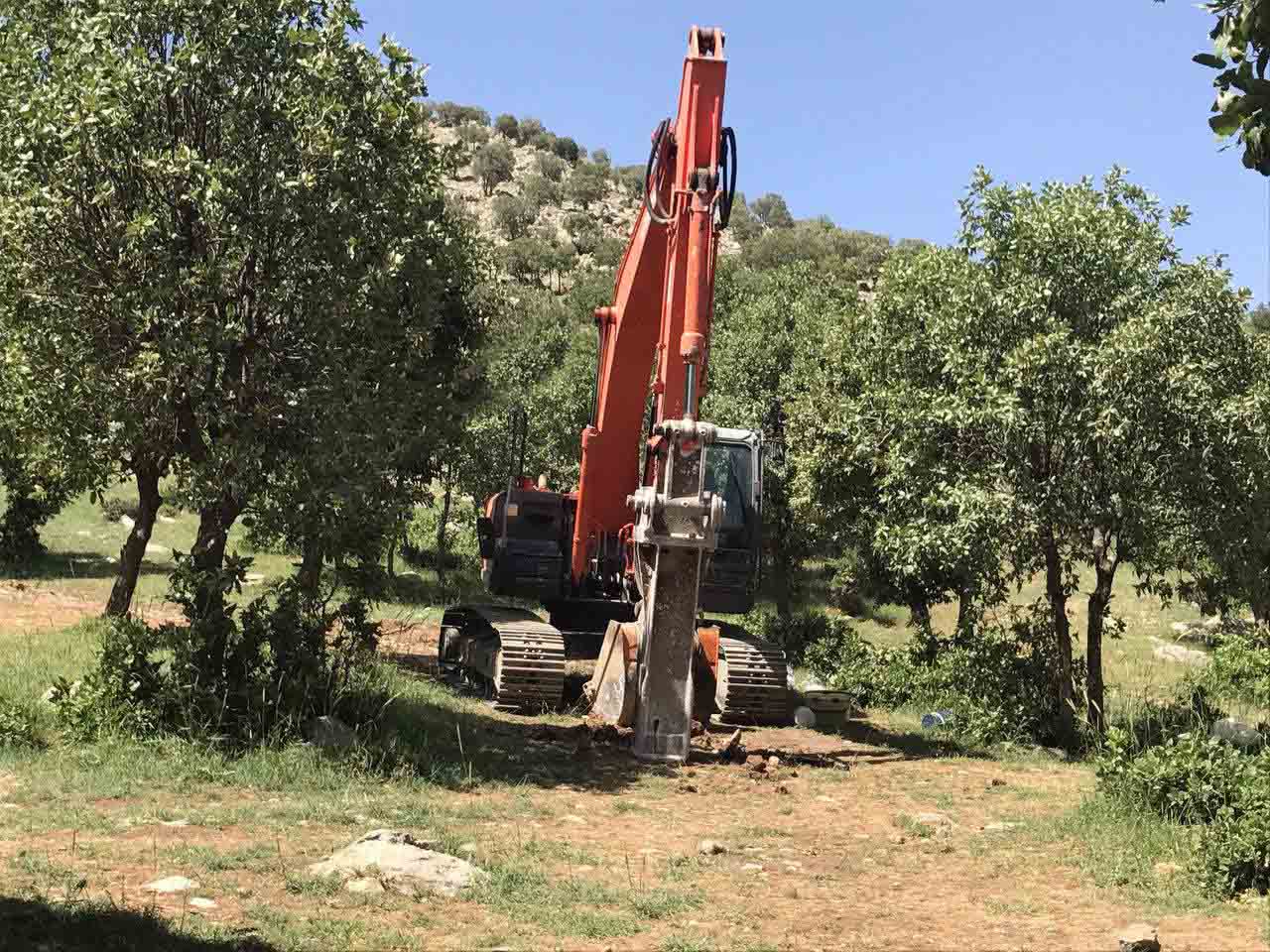Recent mining operations in the heart of an oak forest in Baneh, Kurdestan Province, have been criticized by environmental authorities and activists.
A 375-hectare lead and zinc mine has been discovered between Shevi and Savan villages that are covered with dense oak trees, IRNA reported.
An environmental campaign in Baneh recently released a statement stating that the project managers have not acquired the legal permits for mining in the area.
Apparently, no feasibility study has been carried out for mining in the woodlands, the statement added.
According to Sa’dollah Sangini, a natural resource expert, the release of heavy metals in the nature could have irreparable impacts on humans and animals.
“Metals like lead, mercury, cadmium and copper are among elements that could cause toxicity if they were to accumulate in one place. This can cause toxic haze, contamination of water sources, soil erosion and landslide,” he said.
Sangini noted that besides air pollution, mining could eventually lead to the destruction of vegetation in the area.
“The lead and zinc mine is located between two residential regions and could seriously harm people’s health,” he stressed.
Ali Alipour, an investor in the mining project, dismisses the argument.
“We have gone through all legal processes to gain a permit and have contacted the Department of Environment to ensure the safety of the project,” he said.
Alipour further said the establishment of a mine in Baneh could create jobs and curb unemployment.
Despite environmentalists’ concerns over the issue, Mohammad Fallahi, Baneh’s governor, announced that the mining project is legal and corresponds to the policies and regulations of DOE. He assured that no damage will be inflicted on the woodlands.
“Although a 375-hectare source of lead and zinc has been detected, mining activity will solely extend across one hectare and that would be only through tunnels,” Fallahi said.
The local campaigners are not convinced and have collected over 2,000 signatures aiming to stop the mining in the oak woodlands, which is home to over 200-year-old trees as well as numerous animal species.


